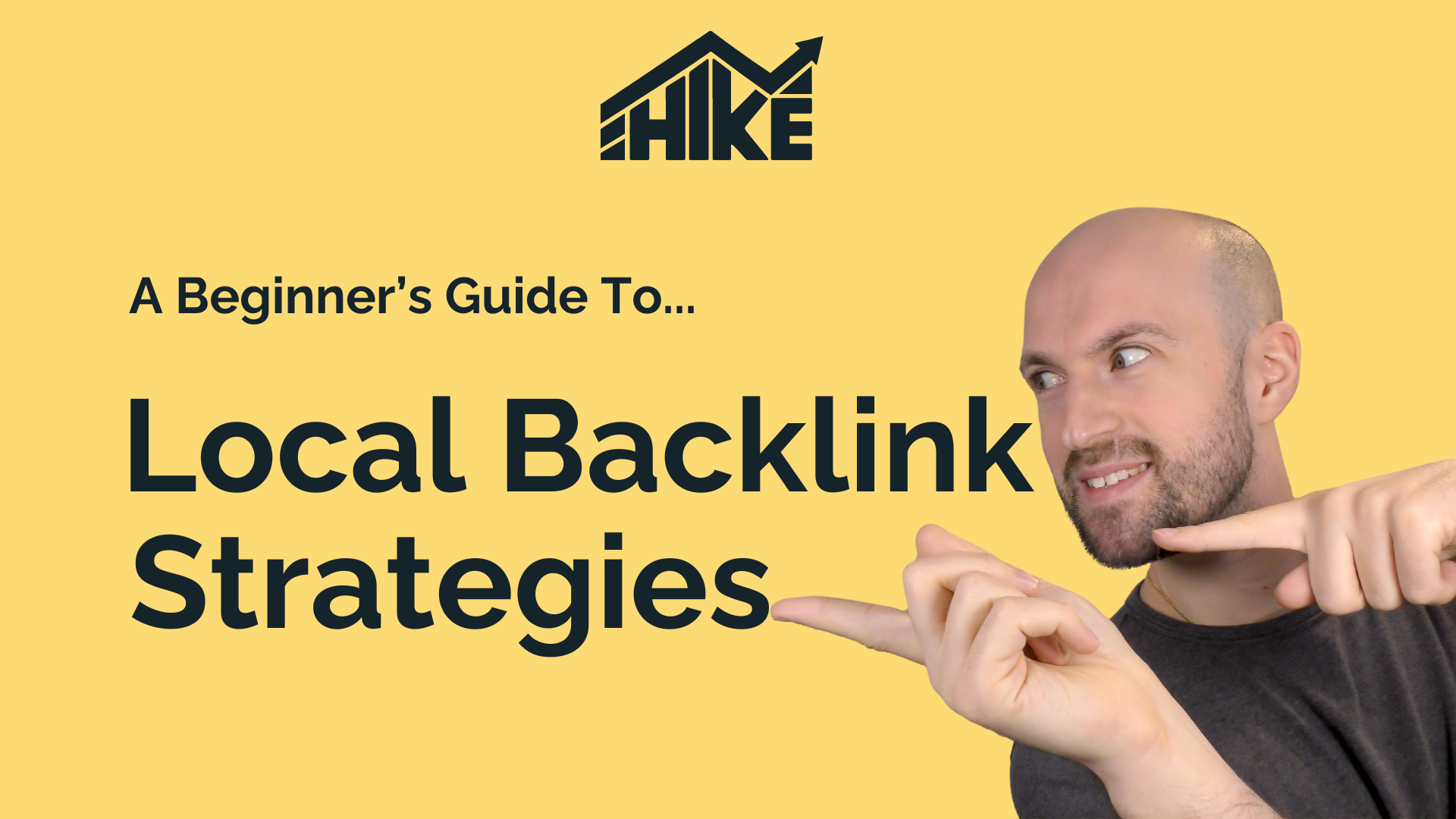Duplicate content can significantly harm your website’s search engine rankings. This video delves into the nuances of duplicate content, its implications, types, reasons, and most importantly, how to prevent and remedy it using various strategies and tools. You can watch the video or read the text summary below:
Exploring Duplicate Content: What Is It and Why Does It Matter?
Duplicate content is essentially identical or highly similar content across multiple web pages, either on the same site or different websites. It arises unintentionally due to content creator actions, technical reasons, or even due to unawareness of its consequences.
Search engines, particularly Google, dislike duplicate content as it compromises user experience. When content exists in multiple versions, search engines struggle to determine which one to index. This confusion leads to potential issues like keyword cannibalization, diluted page authority, and even potential outranking by scraped versions of the same content.
Types and Causes of Duplicate Content
Two primary types of duplicate content exist: true duplicate and near duplicate. The former is identical, while the latter involves minor changes, such as product variations or slightly altered descriptions.
Various causes contribute to duplicate content. Content publisher ignorance, scraped or cloned content, duplicate page paths, inconsistent URL formatting, trailing slashes, tracking parameters, functional parameters in e-commerce sites, HTTP vs. HTTPS, www vs. non-www pages, staging servers, homepage duplicates, case-sensitive URLs, printer-friendly URLs, mobile-friendly URLs, international pages, AMP URLs, tag and category pages, paginated comments, product variations, canonical tags, and more.
Strategies to Avoid and Rectify Duplicate Content
Several proactive strategies help mitigate duplicate content issues:
- Canonical Tags: Using rel=canonical to specify the preferred URL for indexing.
- Meta Tagging: Employing meta tags like noindex to prevent specific pages from being indexed.
- 301 Redirects: Implementing permanent redirects to consolidate duplicate URLs.
- Parameter Handling: Configuring sorting and filtering parameters in CMS to avoid duplicate content.
- Pagination Handling: Properly setting rel=prev and rel=next for paginated content.
- Robots.txt File: Using this file to exclude certain sections from search engine crawlers.
- Internal Linking: Guiding search engines to preferred pages using descriptive anchor text.
- Hreflang Tags: Specifying language and regional targeting for international pages.
Tools for Identifying Duplicate Content
- Google Search Console: A free tool to identify and address duplicate content issues.
- Siteliner.com: Scans websites to flag highly similar content.
- Hike SEO Platform: Automatically flags duplicate content and suggests fixes for SEO issues.
Conclusion
Understanding duplicate content and its impact on SEO is vital for maintaining a strong online presence. By employing effective strategies and utilizing tools like Google Search Console, Siteliner.com, and Hike SEO Platform, website owners can identify, rectify, and prevent duplicate content issues, ultimately improving search engine rankings and user experience.
For more SEO guidance and a comprehensive platform to manage your SEO efforts, consider signing up for Hike SEO, an easy-to-use and insightful tool for beginners, small business owners, and agencies catering to small businesses.



